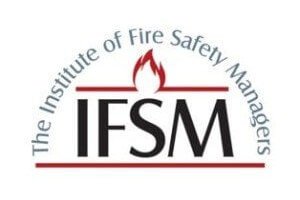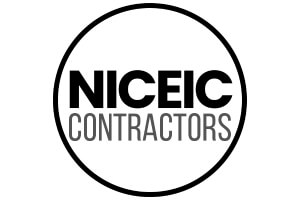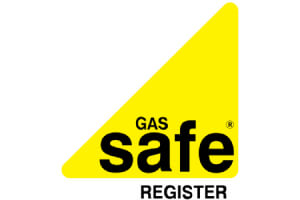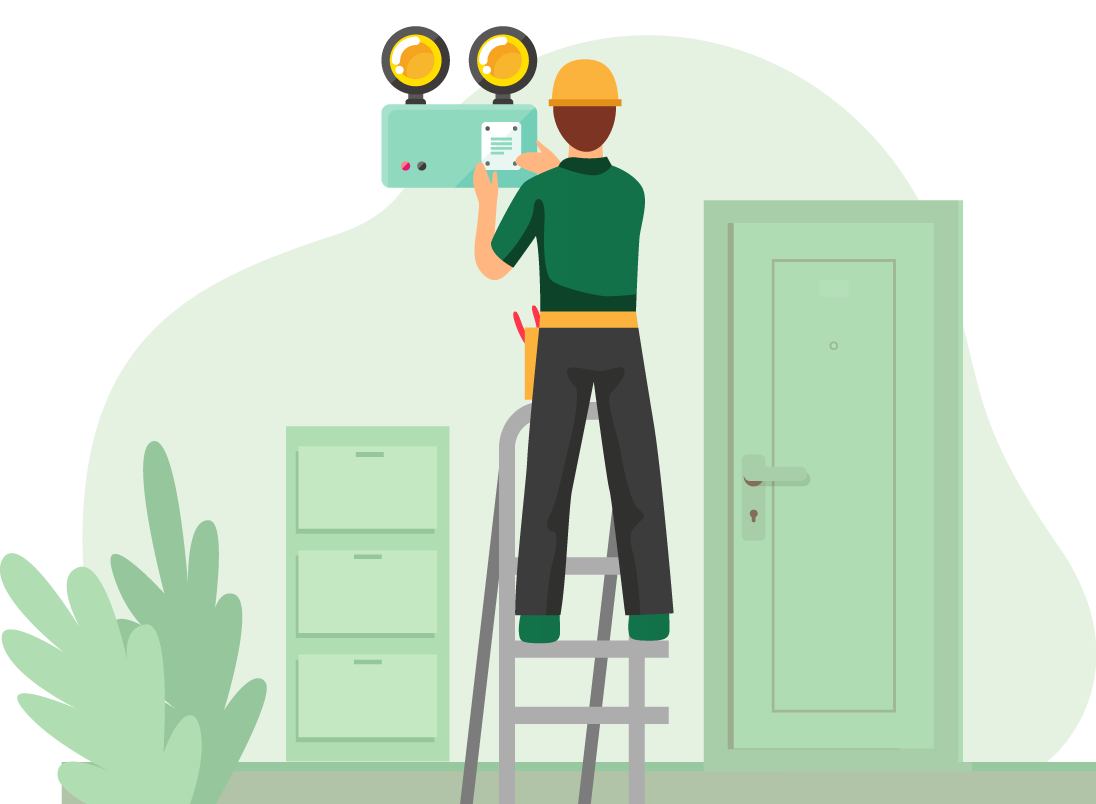
Emergency Lighting Testing service in London
Start from £55
All inclusive (No hidden Cost)
What is Emergency lighting compliance test?
Emergency light testing, or emergency lighting compliance (ELC), is the process of ensuring that emergency lights are in working order and compliant with safety regulations. This typically involves monthly and annual tests, as well as regular maintenance and replacement of batteries and bulbs. emergency light test is important to ensure that emergency lights will be able to provide adequate illumination in the event of a power outage or other emergency situation.
Emergency light testing is typically conducted by a qualified electrician. The frequency of testing depends on the type of emergency light, but most lights should be tested at least every year. Regular maintenance and replacement of batteries and bulbs is also necessary to keep emergency lights in working order.
*£5 Parking Charges are applicable in case of paid parking.
*£15 Congestion Charge applicable in case the property is in congestion charge zone
What is Emergency lighting compliance test?
Emergency lights test, or emergency lighting compliance (ELC), is the process of ensuring that emergency lights are in working order and compliant with safety regulations. This typically involves monthly and annual tests, as well as regular maintenance and replacement of batteries and bulbs. emergency lights test is important to ensure that emergency lights will be able to provide adequate illumination in the event of a power outage or other emergency situation.
Emergency lights test is typically conducted by a qualified electrician. The frequency of testing depends on the type of emergency light, but most lights should be tested at least every year. Regular maintenance and replacement of batteries and bulbs is also necessary to keep emergency lights in working order.
Are you questioning if emergency lighting testing is necessary? According to British fire safety law, an entire assessment of the system must be conducted yearly and “flick-tested” at least once a month. Emergency lighting serves multiple purposes: illuminating pathways for occupants to escape from hazardous situations, as well as helping individuals discover nearby fire-fighting equipment in case of emergencies.
Current Emergency Lighting Standards
Currently, the main standard for emergency lighting systems is BS 5266-1:2016, which sets out the requirements for emergency escape lighting systems in the United Kingdom. The standard applies to all types of commercial, industrial, and residential buildings. It covers the design, installation, commissioning, maintenance, and testing of emergency lighting systems. The standard also specifies the minimum levels of illumination required in emergency escape routes and open areas and the duration of illumination.
It also states that emergency lighting systems should be tested and maintained at least once a year to ensure they are in proper working order and compliant with regulations. Building owners and managers are responsible for ensuring compliance with the standard and keeping testing and maintenance records. “Improve with us.”
How to test
Emergency Lights?
Testing emergency lights is crucial in ensuring that they will function properly in an emergency. A brief guide on how to test emergency lights would include the following steps:
It is important to note that our qualified person should carry out the testing because we are competent in emergency lighting. “Just Upgrade today!”
Types of Emergency Lights
Battery Powered Emergency Lights
Battery-powered emergency lights: These lights are powered by batteries, making them a good option for use in areas where there is no electricity available.
Main Powered Emergency Lights
There are a few different types of emergency lights, but mains powered emergency lights are the most common. These types of lights are typically used in HMO Properties, commercial and industrial settings, as they provide a reliable source of light in the event of a power outage. Mains powered emergency lights typically use battery backup to ensure that they will continue to work even if the power is out for an extended period of time.
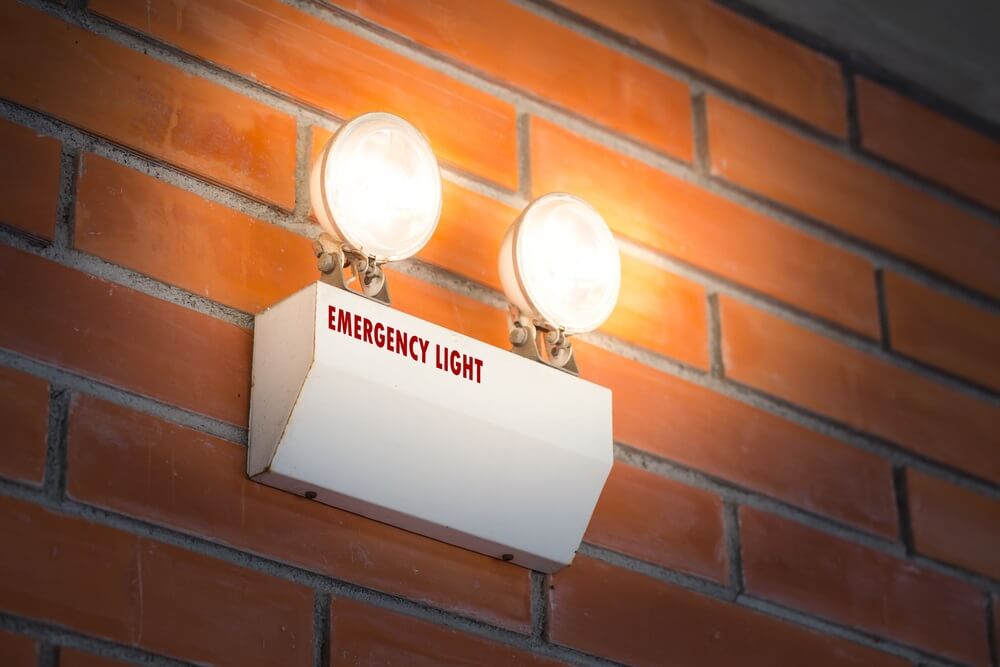
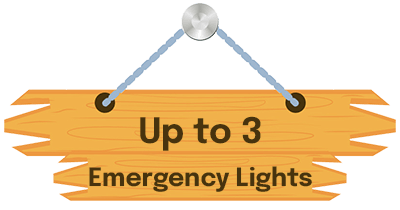
*£5 Parking Charges are applicable in case of paid parking.
*£15 Congestion Charge applicable in case the property is in congestion charge zone
If you have more than 3 emergency lights at your property which needs to be tested, you can make your booking by clicking on the button below:
How Long is an Emergency Lights Test Valid?
Emergency lights test is typically conducted by a qualified electrician. The frequency of testing depends on the type of emergency light, but most lights should be tested at least every year. Regular maintenance and replacement of batteries and bulbs is also necessary to keep emergency lights in working order.
Note: If you are having issues with emergency lights at your property, book a diagnostic now by calling 020 4518 8198 and we have got you covered
Additional Services We Offer
- Fire Alarm Testing and Maintenance: Our emergency lighting testing service can offer fire alarm testing and maintenance services. It includes regular testing of the fire alarm system to ensure it is in proper working condition and maintenance and repairs as needed. “Get a Quote Today!”
- Fire Risk Assessment: A comprehensive fire risk assessment can also be provided. It includes identifying potential fire hazards and determining the appropriate measures to mitigate them.
- Portable Fire Extinguisher Testing and Maintenance: We provide portable fire extinguisher testing and maintenance services. It includes regular inspections to ensure extinguishers are fully charged and in good working condition and maintenance and repairs as needed.
- Emergency Lighting Design and Installation: We will provide services for lighting design and installation. It includes designing and installing emergency lighting systems that meet the appropriate safety standards and ensuring that the systems are properly installed and maintained.
- Fire Safety Training: You will get fire safety training for employees and building occupants. It includes training on fire safety procedures, fire extinguishers, and evacuation procedures.
- Fire Safety Signage: You will get safety signage, including emergency exit signs, fire extinguisher signs, and evacuation maps.
- Fire Door Inspection and Maintenance: We can provide fire door inspection and maintenance services, including regular inspections to ensure that fire doors are in good working condition and maintenance and repairs as needed.
- Emergency Evacuation Planning: We can provide emergency evacuation planning services, including developing evacuation plans and procedures and training employees and building occupants on evacuation procedures.
- Fire Suppression System Testing and Maintenance: We can also provide fire suppression system testing and maintenance services, including regular testing and maintenance of fire suppression systems such as sprinklers, foam systems, and gas systems.
- Building Fire Safety Compliance Audits: We can also provide building fire safety compliance audits, including reviewing building codes and regulations to ensure that the building complies with fire safety regulations.
*£5 Parking Charges are applicable in case of paid parking.
*£15 Congestion Charge applicable in case the property is in congestion charge zone
How Long is an Emergency Lights Test Valid?
Emergency light testing is typically conducted by a qualified electrician. The frequency of testing depends on the type of emergency light, but most lights should be tested at least every year. Regular maintenance and replacement of batteries and bulbs is also necessary to keep emergency lights in working order.
Why are Emergency Lighting certificates important?
Legal Compliance
Emergency lighting systems are required by law to be installed and maintained in commercial, industrial, and public buildings. The certificates prove that the emergency lighting system has been installed and maintained to the necessary standards and is in proper working order. It ensures that the building complies with relevant laws and regulations, and helps protect the building’s occupants in the event of an emergency.
Insurance
Having emergency lighting certificates can also help to protect a building’s owners and occupants from liability in the event of an emergency. Insurance companies may require evidence of proper emergency lighting maintenance in order to provide coverage for a building, and the certificates can serve as proof of compliance with these requirements.
Preventing Accidents
Properly maintained emergency lighting systems can help to prevent accidents and injuries by providing clear and reliable lighting for occupants to evacuate the building in case of emergency. It is especially important in large buildings where the power may be cut off during emergencies, making it difficult for occupants to find their way out.
Continuous Monitoring
Emergency lighting certificates also serve as a way to ensure that the emergency lighting system is continuously monitored and maintained. The certificate includes a schedule for regular testing and maintenance, which helps to ensure that the system is always in proper working order.







